Chiang Mai’s temples are not just sightseeing points—they’re living works of history where locals still pray, monks still meditate, and ancient customs continue through contemporary times. There are approximately 117 active Buddhist temples within city limits.
Some sit precariously upon mountainsides such as the famous Wat Phra That Doi Suthep, while others remain hidden in the corners of neighborhoods. Without preparation, temple hopping can become overwhelming quickly.
Intelligent planning and cultural sensitivity are the building blocks of a pleasant temple experience. Below is a compilation of 17 stress-free suggestions that will equip you with confidence to explore these hallowed halls without falling prey to common tourist traps.
Cover Your Shoulders and Knees
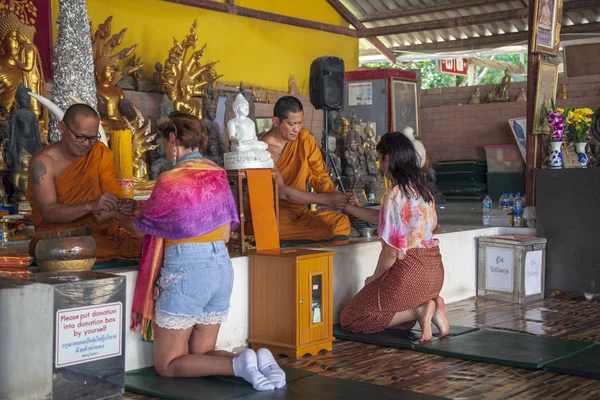
Modest clothing isn’t just suggested at temples; it’s strictly enforced. Pack a lightweight scarf or sarong rather than hoping to purchase something at temple entrances, where selections are both limited and expensive.
Many temples won’t allow entry without proper coverage, regardless of how far you’ve traveled to get there.
Master the Shoe Removal System
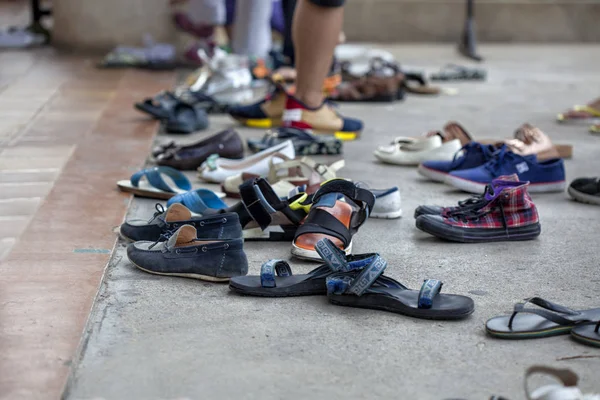
Temple visits involve taking off shoes; therefore, slip-on shoes beat laced boots every time. Fresh socks then become a priority as you’ll be walking on different surfaces, and always keep your shoes neatly arranged among others.
Bring a small plastic bag to put your shoes in case you need to cross wet or dirty spaces between buildings
Like Travel Pug’s content? Follow us on MSN.
Carry a Reusable Water Bottle
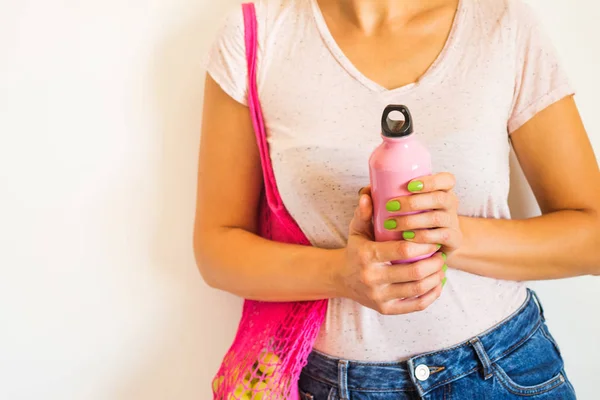
Temple hopping requires a lot of walking in the sweltering heat of Thailand. Drinking enough water keeps you comfortable and focused, and since many temples have water refill stations, this is also an environmentally friendly option.
Download Offline Maps
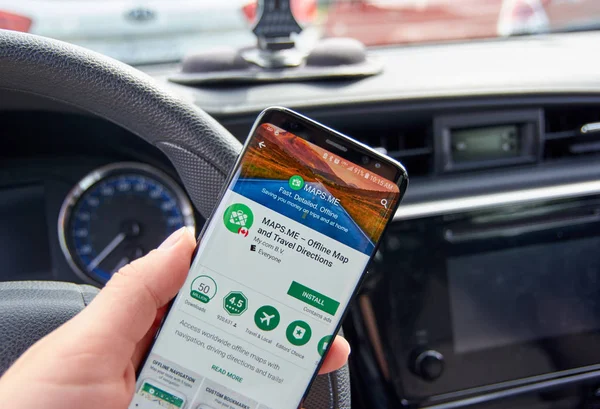
Internet connectivity can be spotty around certain temples, especially those hidden away in quieter neighborhoods. Using offline maps can save you from aimlessly wandering when you’d rather be soaking in the beauty of the temples themselves.
It’s a good idea to take screenshots of important routes as a backup, since even the best offline map apps can sometimes let you down right when you need them the most.
Learn Basic Temple Etiquette
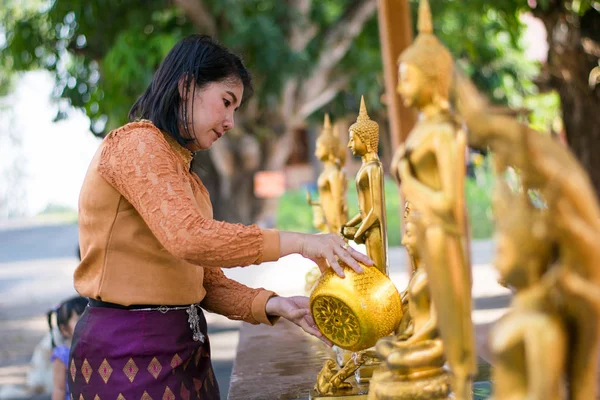
Point feet away from Buddha statues—never turn your back on them. Keep your head positioned lower than any Buddha image while seated.
These fundamental gestures demonstrate respect while helping you blend naturally rather than appearing foreign.
Like Travel Pug’s content? Follow us on MSN.
Visit on Weekdays When Possible
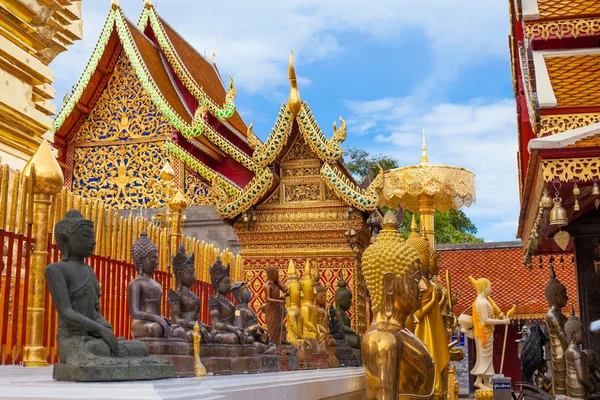
Weekends attract more local families, plus tourist groups, creating crowded and rushed atmospheres at popular temples. Weekday visits provide contemplative environments where architectural details and artwork can be genuinely appreciated without constant photo interruptions.
Pack Light but Smart
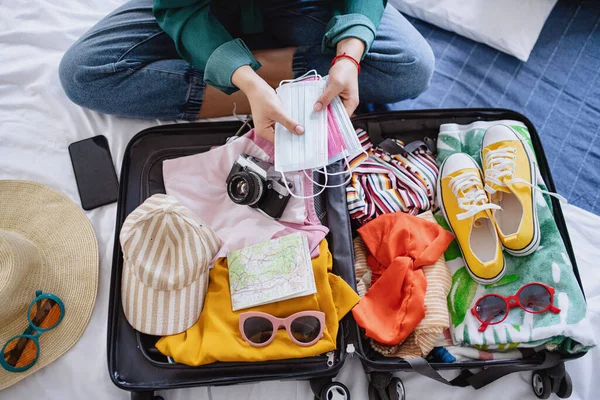
Small backpacks work far better than large bags, which become unwieldy during frequent shoe removal.
Essential items include hand sanitizer, tissues, and a compact towel for refreshing between temple visits.
Respect Photography Guidelines
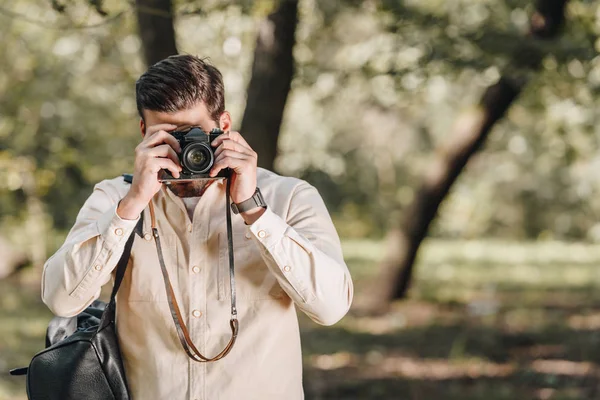
Photography policies vary dramatically between temples. Some prohibit cameras inside main halls, yet others welcome photos everywhere except near specific statues.
When uncertain, ask monks or temple workers instead of assuming—incorrect choices often lead to embarrassing public corrections.
Like Travel Pug’s content? Follow us on MSN.
Learn Essential Thai Phrases
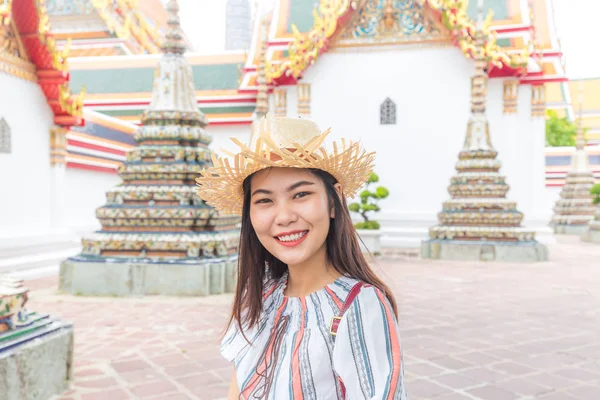
Basic greetings such as ‘sawadee kah/krop’ and ‘kop khun kah/krop’ create positive impressions with temple staff and monks. Even simple Thai attempts demonstrate cultural respect and typically result in warmer, more meaningful interactions.
Learning ‘bpai nai’ (where to go) can also help when asking for directions to specific temple areas or nearby attractions.
Plan Your Route Geographically
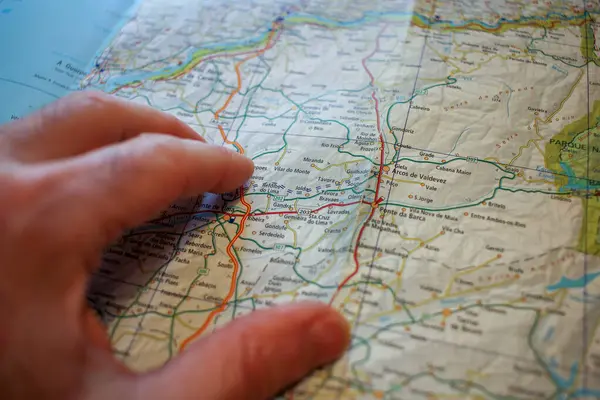
Grouping temples by neighborhood reduces both time and transportation expenses while preventing exhaustion from city-wide zigzags. The Old City contains numerous major temples within comfortable walking distances, making it an excellent starting location.
Apps like Google Maps allow you to create custom routes that optimize travel time between multiple temple destinations.
Take Breaks Between Temples
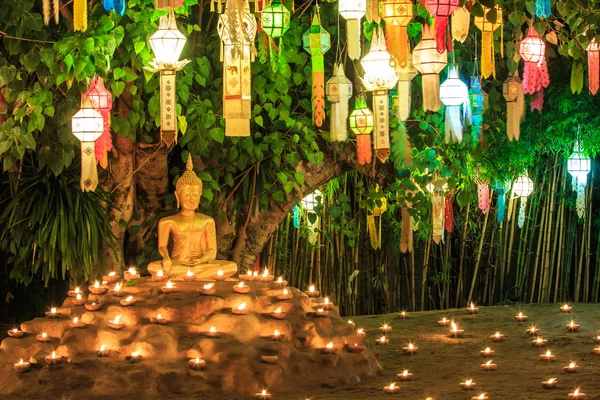
Temple fatigue is a real thing. After several ornate buildings, individual characteristics begin blending in memory.
Strategic coffee or snack breaks between visits help maintain appreciation for each temple’s unique architectural and artistic elements.
Like Travel Pug’s content? Follow us on MSN.
Explore Local Food Nearby
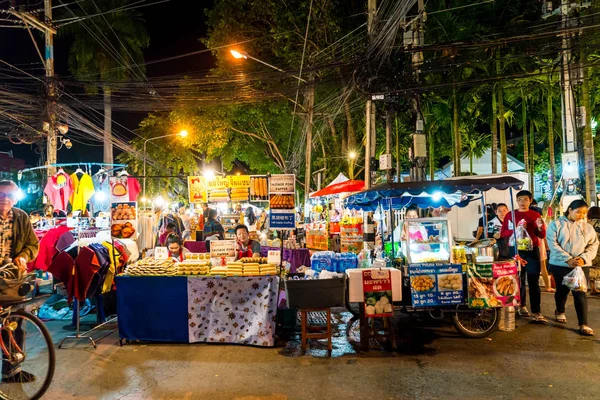
Many temples sit within neighborhoods featuring exceptional local restaurants and street food vendors. Combining temple visits with authentic dining experiences creates richer cultural immersion than restricting meals to tourist-focused restaurant districts.
Consider Hiring a Local Guide
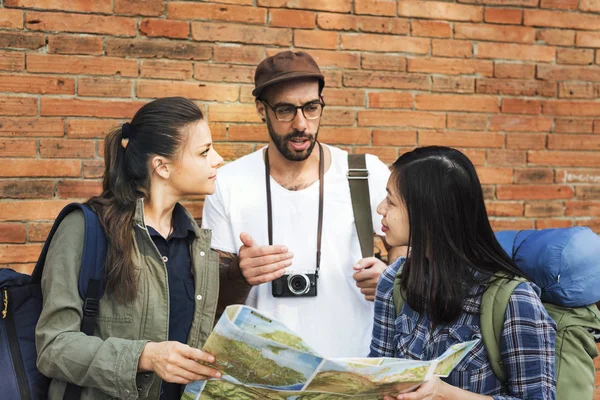
Knowledgeable guides provide historical context, architectural insights, and religious significance that solo exploration typically misses. Many offer excellent English communication and reasonable rates for comprehensive half-day temple tours.
A good guide can also navigate language barriers when interacting with monks or temple staff, enriching your overall experience significantly.
Understand Merit-Making Practices
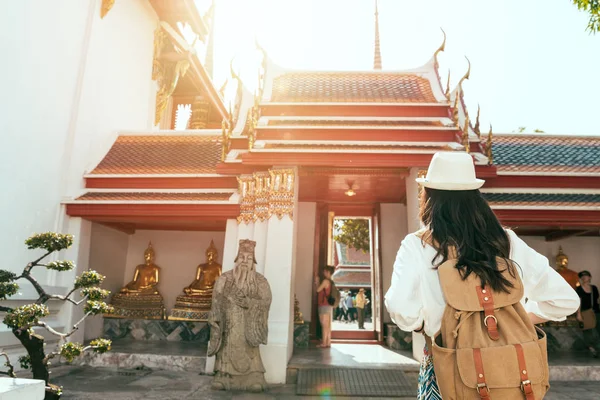
Many visitors observe locals performing merit-making rituals like offering lotus flowers, lighting incense, or chanting prayers. These practices accumulate spiritual merit in Buddhist belief, and respectful observation provides insight into active religious traditions.
Some temples welcome participation from visitors, though it’s wise to follow local lead rather than initiating unfamiliar rituals.
Like Travel Pug’s content? Follow us on MSN.
Bring Sun Protection

Temple courtyards provide minimal shade, yet considerable time is spent outdoors walking between various buildings. Hats and sunscreen prevent painful sunburn that could compromise remaining temple visits throughout your itinerary.
Lightweight, long-sleeved shirts offer additional protection while still meeting temple dress requirements.
Keep Your Voice Down
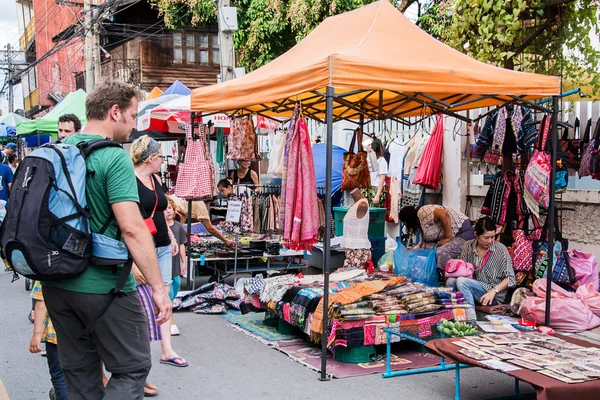
These remain active worship spaces, not exclusively tourist attractions. Maintaining quiet conversations shows respect for individuals who visit for prayer and meditation.
Excessive volume disrupts the tranquil atmosphere that makes these locations genuinely special.
End at a Sunset Temple
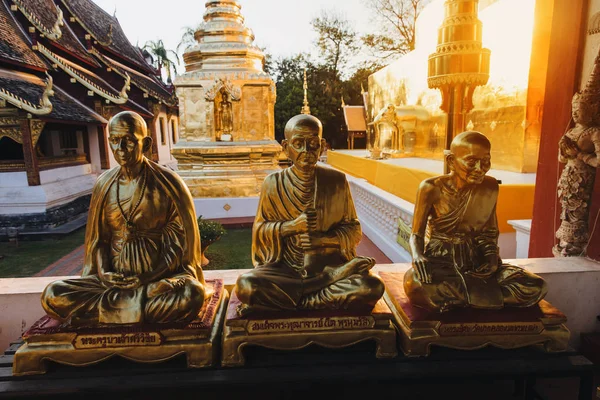
Scheduling your final temple visit around sunset creates memorable daily conclusions. Wat Phra That Doi Suthep offers spectacular sunset views over Chiang Mai, while any west-facing temple provides a beautiful way to end the day.
The transition from daylight to evening often coincides with evening prayer sessions, adding another layer of authentic cultural experience.
Like Travel Pug’s content? Follow us on MSN.
Where Sacred Traditions Endure
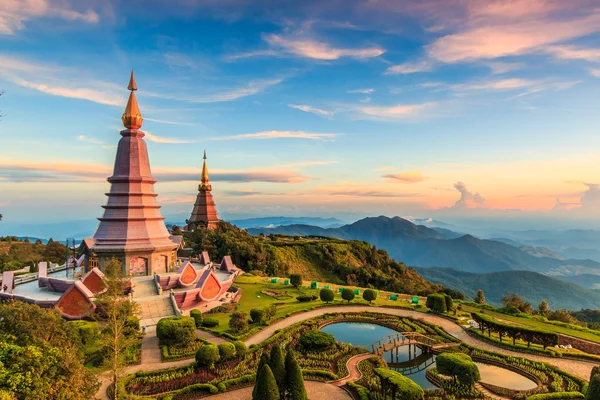
These remarkable temples have welcomed countless visitors across centuries, continuously adapting to changing times while preserving their fundamental spiritual purposes. Today’s temple exploration connects modern travelers to generations of pilgrims who discovered peace, inspiration, and wonder within these same sacred spaces.
Respectful visits contribute to preserving these invaluable cultural treasures for future generations while creating personal memories that transcend any photograph or social media post.
More from Travel Pug

- 20 Best Beach Towns in the Carolinas
- 13 Destinations Where Tourists Regularly Regret Their Trip
- 20 Things You Actually Get in First Class
- 20 Small Airports With Aviation Museums
- 20 Places in the U.S. That Are Perfect for a Reset Trip
Like Travel Pug’s content? Follow us on MSN.
